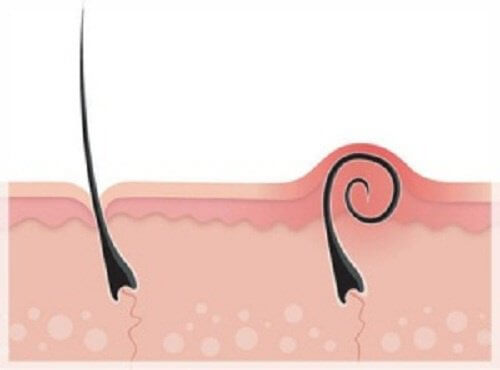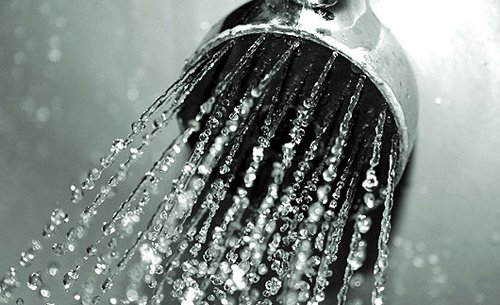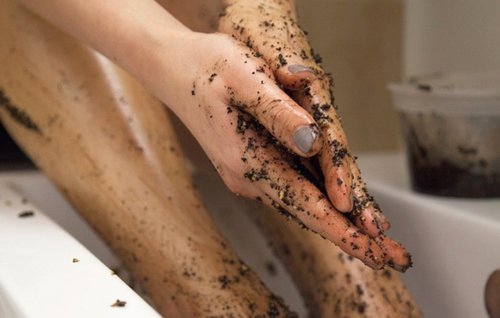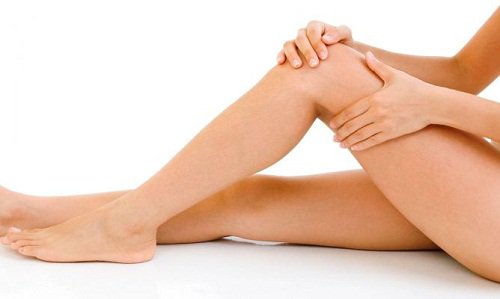How to Treat Ingrown Hairs from Shaving

You’ve most likely had this happen at some point: a few days after you shave, you start to see a small, painful, swollen spot on your body. It’s an ingrown hair, which most people also aren’t sure how to treat. It can also be very annoying because of how painful it is and how unattractive it looks on your legs or armpits.
This inflammation could also be a sign of something more serious. If it turns into a cyst, you’ll need to undergo a small procedure to get rid of the infection.
If you find yourself in that situation, you’ll probably work much harder to prevent post-shave issues like it in the future. But, in case you can’t prevent it, we’ve put together a list of some simple homemade remedies you can use to treat ingrown hairs from shaving.
Read on to learn what to do to improve your post-shave beauty routine.
What do you do to treat ingrown hairs from shaving?
There is a way, of course, but it’s not easy. You’ll need to keep a few very important hygiene rules in mind:
1. Take a nice, hot shower

Hot water opens up your pores, firms your skin, and relaxes its outer layer, making it softer and more permeable. That means it will be much more receptive to the treatment you’re going to apply. Let the hot water fall on the area where you have the ingrown hair, whether it be on your legs, groin or armpits.
2. Exfoliate gently

The next step in how to treat ingrown hairs from shaving is very simple. You just need to exfoliate and stimulate the affected area by getting rid of dead skin, but without being too aggressive. Be delicate, like you’re performing a gentle massage.
You might like:
How To Exfoliate Your Skin and Keep it Radiant
You can use an exfoliating glove or a loofah. Or, if you want, you can use a homemade exfoliant, which, as you know, can be very effective. Here are some examples of good homemade exfoliants:
- Used coffee grounds.
- Olive oil and sugar.
- Sea salt.
- Oatmeal and honey.
The amount that you’ll need to use depends on the area that you want to exfoliate, which should be where the ingrown hairis. Generally, you’ll only need about one tablespoon. Then, just apply the exfoliant to your shower glove and give yourself a gentle massage in the spot where you want to treat that annoying ingrown hair.
3. The best essential oils for ingrown hairs

Hamamelis essential oil
Why is this a good choice?
- Hamamelis oil is perfect for reducing inflammation and infection. It treats the injured tissue, reducing the likelihood of infection in any area with blood or pus.
- It’s also a great astringent that’s rich in tannins, allowing it to stimulate blood circulation.
How do you prepare this treatment?
Just apply a small drop to the area where you want to treat the ingrown hair and gently massage it into your skin with the cotton swab. Do this two times per day.
Tea tree oil
Why is this a good choice?
- This essential oil is the best natural anti-bacterial agent out there, meaning that it can both reduce infection and dry out that swollen bump, allowing your hair to grow naturally.
- In just one a day, this oil can relieve pain and swelling caused by ingrown hairs.
Read more:
How do you prepare this treatment?
It’s really simple, just do the same thing you would do with the hamamelis oil. After taking a hot shower and drying off, just apply one drop of tea tree oil, and massage it into the area with a cotton swab.
If you want to treat your ingrown hair even faster, do this two times per day. First, apply a warm towel to the affected area, and then wet the area with this anti-bacterial and anti-inflammatory essential oil. It will do you a world of good!
4. How to remove an ingrown hair

- Never do it with your hands.
- Use a set of sharp, disinfected tweezers.
- Once the pimple is dry and you can clearly see the hair, carefully grab onto it with the tweezers and remove it.
- Finally, apply a bit of aloe vera or musk rose oil to the area so that it will dry out and heal faster, and to prevent infection.
The most important thing that you can keep in mind when it comes to preventing ingrown hairs is to always properly exfoliate your skin before and after shaving or waxing. You’ll be getting rid of dead skin and allowing your hair to grow naturally.
If you can’t prevent them, you can always treat ingrown hairs from shaving by following these simple steps.
This text is provided for informational purposes only and does not replace consultation with a professional. If in doubt, consult your specialist.








